Ertach Kernow - Researching family history
Researching family history is something that can bring families together and also those with common interests that include social and local history and providing a reason for getting out to explore. As a Cornishman I have ended up rooting around many small villages and their churches throughout Cornwall for no other reason than that an ancestor lived or was buried there. Churches are the usual start of a visit to a ancestral settlement whether the beginning or perhaps end to a particular family line.
When I asked an old friend of mine, where his family had originated from he replied, London. This turned out to be far from the truth actually Lincoln, Ireland and yes, Goran in Cornwall. Cornish people travelled far and wide to find work and Bernard was thrilled to have a good dose of Cornish and Celtic DNA.
Family history has grown to being one of the most popular hobbies in the UK, no doubt helped by the availability of online resources and a range of television programmes. Until quite recent times family historians have relied initially on the records kept by the census offices, birth marriage and death records and before that the church for information. Cornish parish church records are amongst the best with many going back to early in the 16th century. Other records include land and court records, visitations and a myriad of other scraps that can be pieced together. Often people hit what is known as a brick wall where records really are missing or an illegitimacy where no records exist at all for the father. This is where the wonders of modern science can come to the rescue, along with a good amount of additional research. My own personal heritage journey began some fifteen years ago when I received an email from a paternal first cousin through my grandmother in the USA. I knew I had relatives there but little knowledge of them. I began researching backwards and outwards from my grandmother, which is an interesting and continuing exploration covering areas of north and east Cornwall as well as just over the Cornish border around Hartland. My mother never knew her parents being fostered out as a baby, but research led to a half-sister and grandmother then again outwards and backwards in time. This covered an area in east Cornwall and again into Devon along a line west of Exeter, well within the ancient area known as Dumnonia.
This is another interesting journey with visits to many places I would have never visited and the interest and support from people I had never met previously most encouraging. I’ve ended up in crypts below churches looking at ancestral tombs of knights, farmhouses dating back to the 15th century where ancestors lived and many churches that now have family connection through baptisms, marriages and burials. The geographical and social history is an important part of family history , not just a long list of people with dates of events. Where did they live, why did they move to live elsewhere, what occupations were they involved with? Answering these questions created a more intimate way of learning about history through my own family. From shipowners, sailors, miners, farmers, manufacturers, artists, saddle makers and many more the range of occupations was incredible, and primarily Cornwall and west Devon.
But I’d hit a brick wall with my male grandparents these were unknown and unrecorded. Today illegitimacy is not taboo, is part of normal life and readily accepted. Perhaps a word or term that will gradually be consigned to history. For parents some hundred years ago, it still was an issue that was not spoken about or at least in hushed voices. A family rumour held some hope with research producing a likely candidate, but nothing could be proved. But what was I to do? There was no way I would abandon the search especially now genealogy has the new tool of DNA sequencing and something that I find especially interesting. My first sample sent off at the start of lockdown in March 2020 produced a list of over 1,500 people who were connected to me through DNA. My initial cynical view was to ask who are these people? I’d never heard of most of them until after looking further down the list I found cousins I knew and others who had appeared in my extensive family tree. The cousin with the closest DNA markers was listed as a 2nd cousin, but who was she? Well, Dian certainly wasn’t in my existing tree for either parent, so more research was required. It turned out that she lived in the USA, nothing to do with my existing 1st and 2nd known cousins, but an entirely new branch. Her three times great grandfather Stephen carrying her maiden name came from Barripper a village southwest of Camborne and in turn his son William moved to Kenwyn, Truro before moving north to Blackburn to work in the coalfields, following collapse of the Cornish mining industry, where he died. The family lived in Truro with Dian’s great grandfather running a successful brush making and retail business. Most of his children would in turn emigrate to find better jobs, mostly in the USA, as had my dad’s mother and most of her sisters. The cynic in me was still asking if this connection between Dian and I was an anomaly, how else could I prove a connection. Extending her family tree far wider and backwards showed living descendants of many of her relatives who had submitted a DNA sample were on the list provided to me. This confirmed the accuracy, and more research led me through dates, events and occupations to narrow down to Ernest born a year earlier than my grandmother as my dad’s likely father.
The grave of great-grandparents in Truro cemetery, discovered through the power of science. DNA sequencing has proved something that could never have otherwise been known, as no records exist. Obviously additional research is required to find mutually connected deceased relatives based on DNA evidence provided by a number of living descendants.
I hope that my experiences, just some of what is shared here helps encourage and inspire people to try DNA testing to perhaps help them find out more about their families past history and heritage. For me this has been a fascinating journey that still has a long way to go.
DNA testing kits (this does not constitute a recommendation - Research which company may best provide you with the information you are seeking. There are many more company's available)
But what of my mothers paternal ancestors? A recent DNA test with a different company not only helped confirm my dad’s lineage, but also new clues to my mothers. A unknown second cousin emerged that wasn’t on my dad’s side although different recognised cousins from the USA were on the new list. The game was a foot and I now have something firm to work on as other people on the list who share my DNA began to show in an extended family tree.
An example from my own tree to share is someone nobody in our family had heard of and a rediscovered attachment to a new location in Cornwall as part of our family heritage. Somewhere in Cornwall which I may never have visited is Poundstock. For many it is just a signpost on the A39 but for me St Winwaloe Church in the village was the starting point for finding more about a three times great grandfather Abraham Shepheard. So, who was Abraham? What did he do? Where did he live? All questions that can be more difficult to answer in days before meaningful census records began in 1841 and birth, marriage and death certificates in 1837.
Abraham was born about 1872 likely a base child and brought up as his mother Susanna’s brother by his grandparents George and Susanna. Marrying Mary Norcott in 1800 at Boyton they went on to have nine children of which most lived into adulthood. Five of their children until 1809 were all baptised at Boyton indicated that he was likely working at Boyton. We know he was a miller from his other four children’s baptism records and lived at two other places mentioned in those records Woolacott Mill and Penfound Mill, within the parish of Poundstock. Identifying those mills on historic maps shows that these milled corn into flour as did a mill in Boyton. One other existing 17th century mill at Poundstock could also have been where Abraham may have worked. Like many millers Abraham died relatively young aged just 50, a by-product of pneumoconiosis caused by inhalation of dust. His place of death was given on his parish burial record as Borrocott the site of another mill, now holiday cottages.
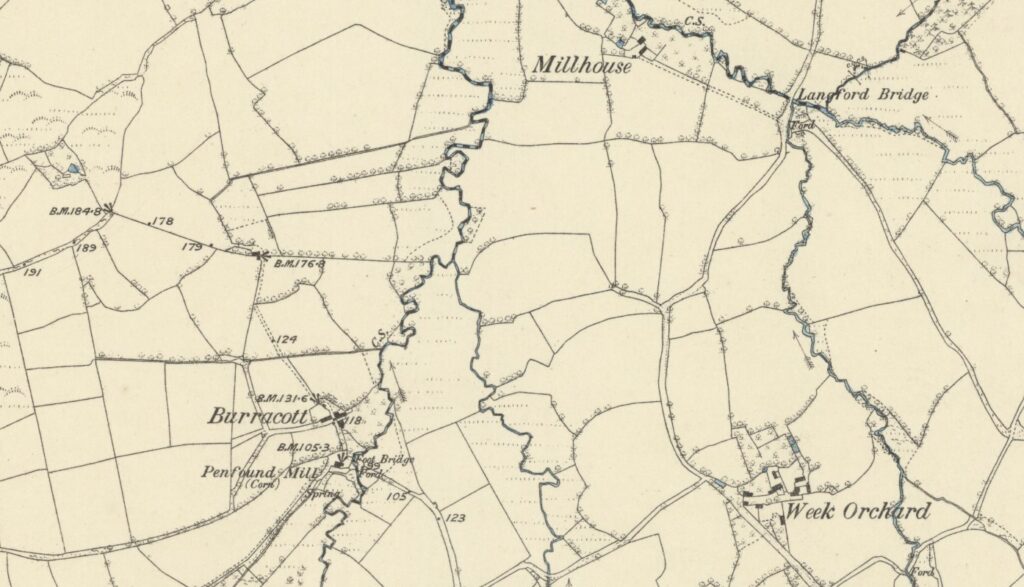
Sometimes amusing stories emerge. An early 19th century 3 x great grandmother who inherited £20, plus a payment of two shillings a week when she reached the age of 50 to be paid by her brother who had received the whole farm. She lived to the age of 92. A 3 x great grandfather ‘Found in a certain outhouse at Linkinhorne for an unlawful purpose’ was gaoled and described as ‘lame in left leg; scars on face; several marks of ‘evil’ below left elbow. Marks of evil, what’s that all about?
In the search for ancestors and their lives to find a church and often the font used to baptise them is a nice part of the pictorial story sometimes a memorial can be located at the church. It is unlikely that monuments earlier than the 17th century will be found as the ground would have been reused and many folk would not have been able to afford a headstone. Later burials would likely have been made at municipal sites after the early 19th century. Finding a house where they lived more than a century or more ago can be more difficult, but sometimes possible especially in rural situations albeit much modified.
With this article I hope to encourage people to look at their family histories and perhaps, research and encourage interest within the family of where they are from. To consider preserving and sharing their own memories of previous generations for their children, grandchildren and later generations. For those already on a journey of discovery having hit a brick wall and not yet gone down the DNA route I hope this encourages you.
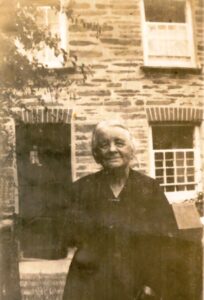
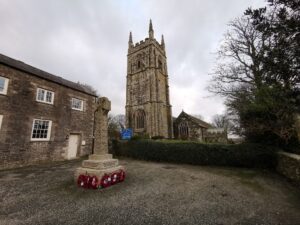
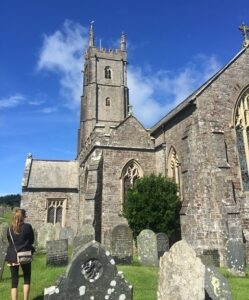
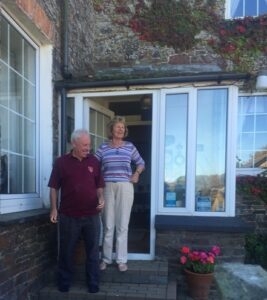
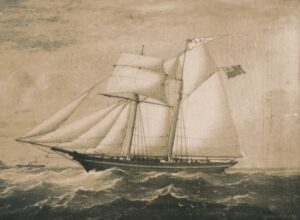
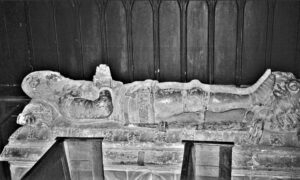
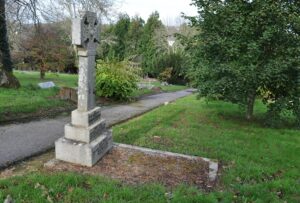
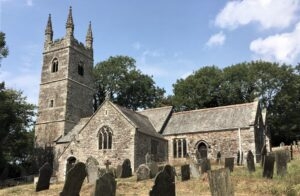
![The Millers House, Woolston Mill, Marhamchurch [1999] The Millers House, Woolston Mill, Marhamchurch [1999]](https://www.cornwallheritage.com/wp-content/uploads/2022/12/The-Millers-House-Woolston-Mill-Marhamchurch-1999-300x191.jpg)
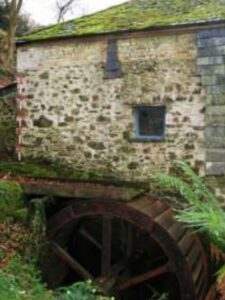
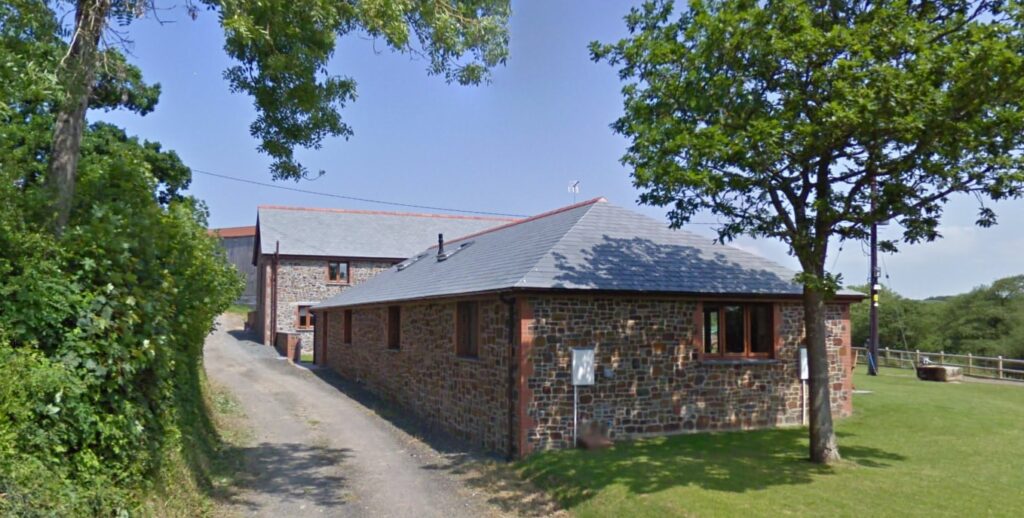
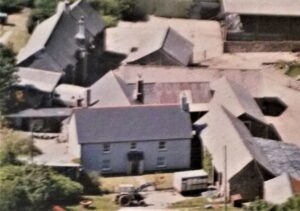
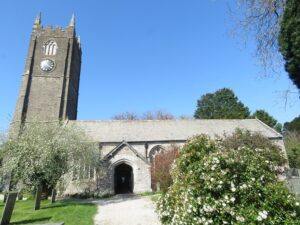
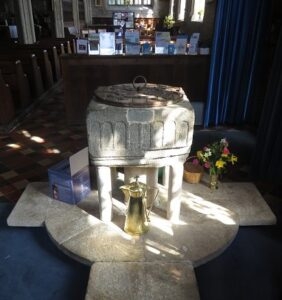
![Ertach Kernow - 21.12.2022 [1] Family Heritage Search](https://www.cornwallheritage.com/wp-content/uploads/2022/12/Ertach-Kernow-21.12.2022-1-254x300.jpg)
![Ertach Kernow - 21.12.2022 [2] Ertach Kernow - Family Heritage Search](https://www.cornwallheritage.com/wp-content/uploads/2022/12/Ertach-Kernow-21.12.2022-2-254x300.jpg)
![[130] Ertach Kernow Heritage Column - 21st December 2022 - Running up to Christmas Ertach Kernow Heritage Column - 21st December 2022 - Running up to Christmas](https://www.cornwallheritage.com/wp-content/uploads/2022/12/130-Ertach-Kernow-Heritage-Column-21st-December-2022-Running-up-to-Christmas-1-300x274.jpg)